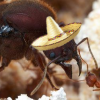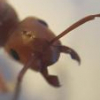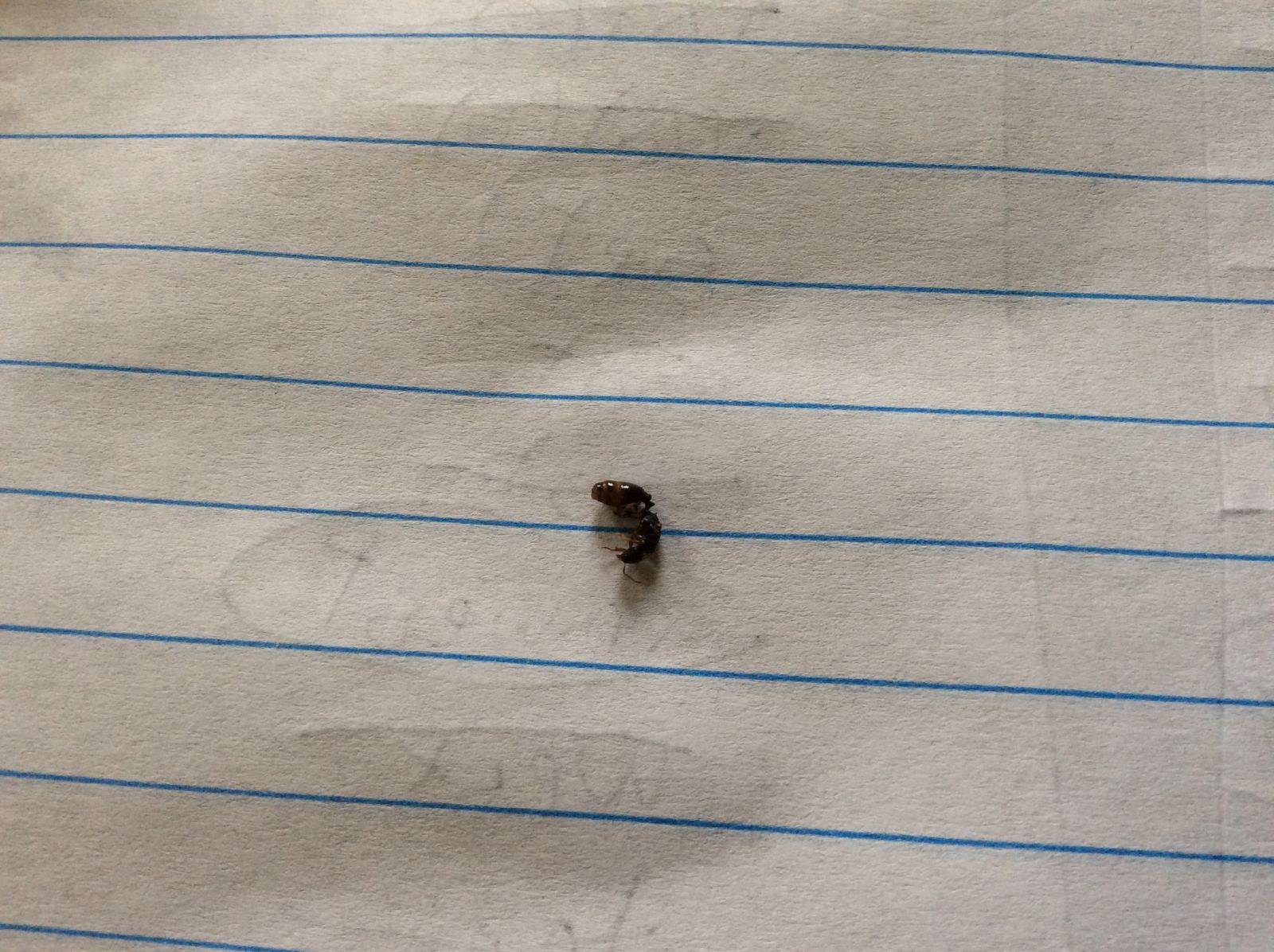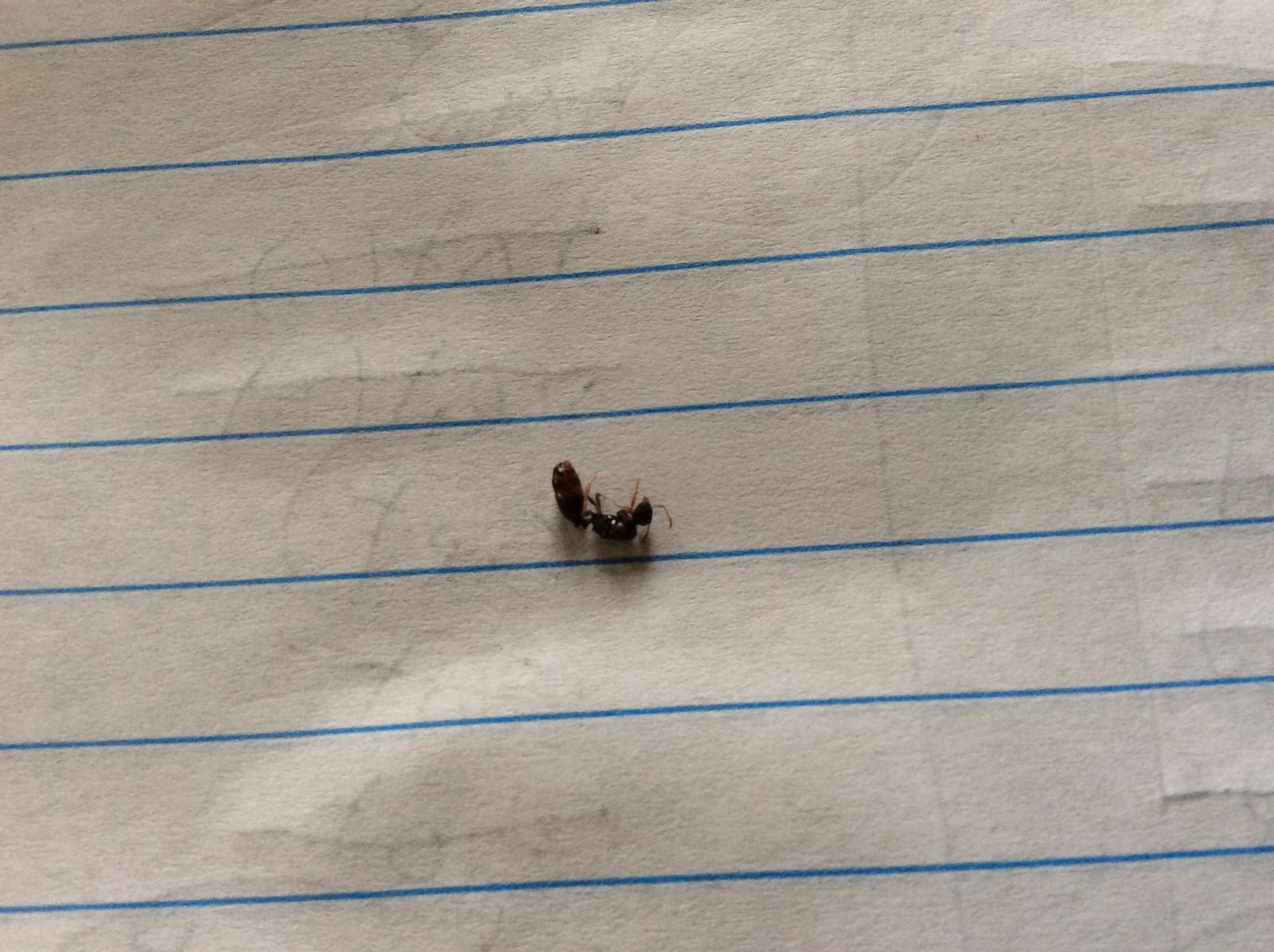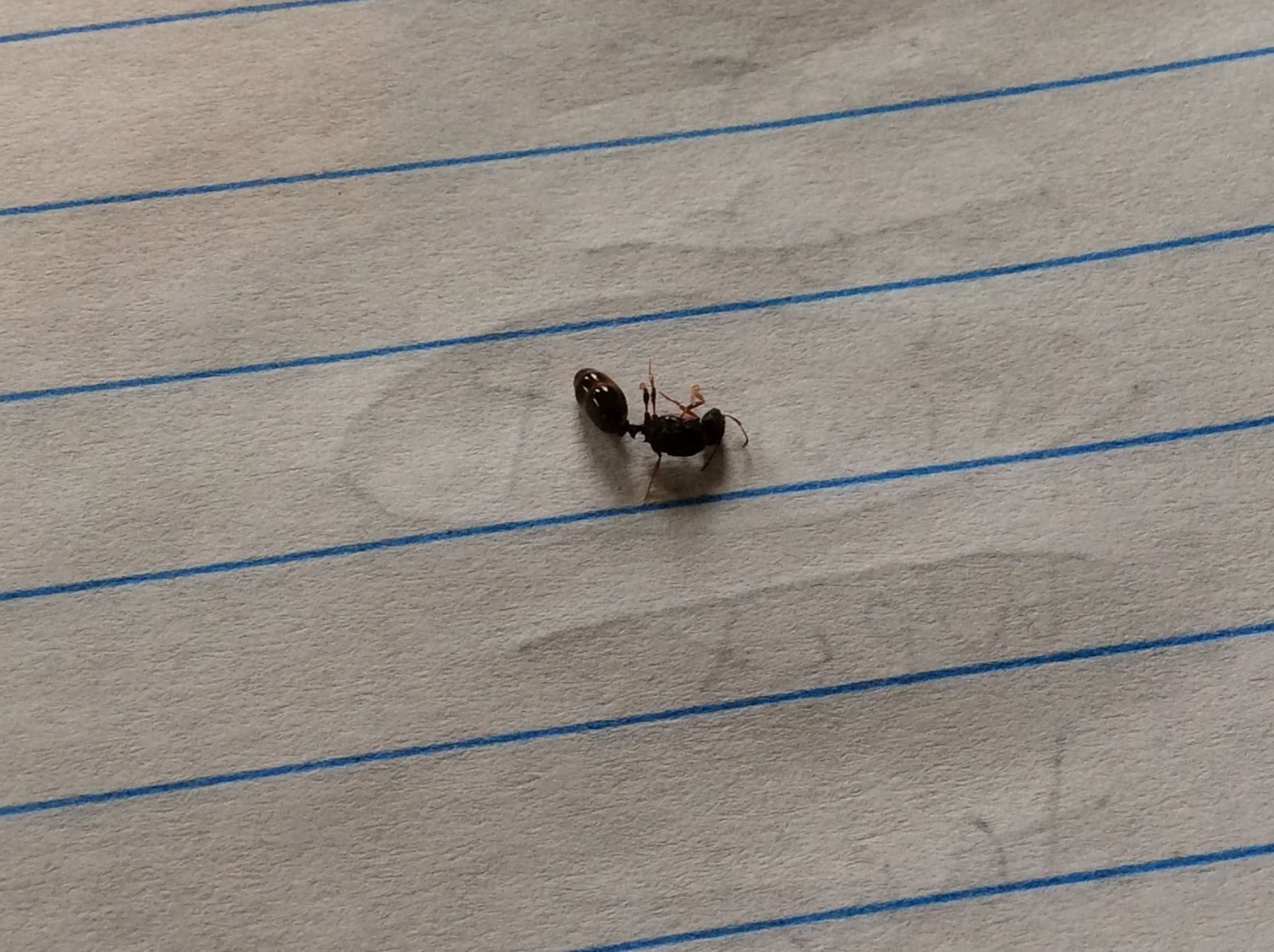Tetramorium immigrans is established and poses no big threat now, Mdrogun
I believe this statement is false, as they are still fairly destructive to native ant populations. Feel free to correct me if I'm wrong, but I'm sure they are still a problem.
Yeah, sorry I'm not familiar with the forum and didn't know you couldn't delete the posts... I wasn't serious with that one. I apologize ':|




